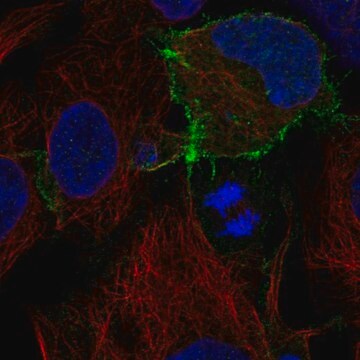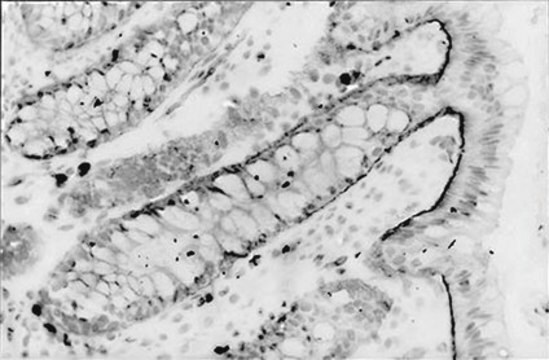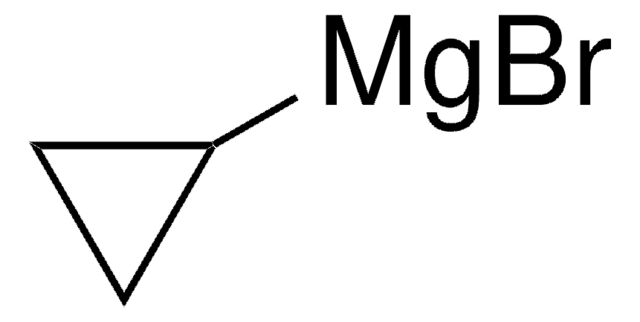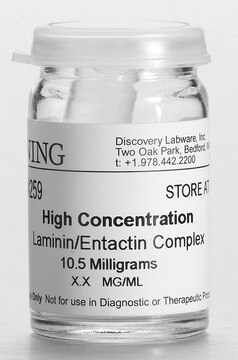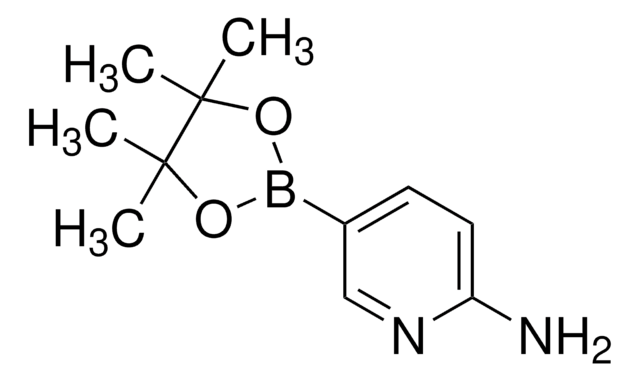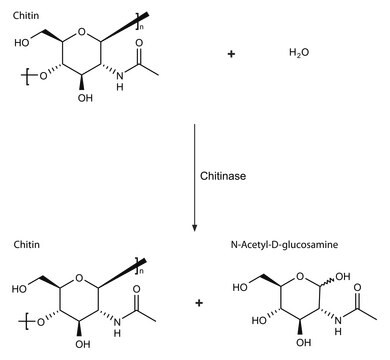About This Item
IHC (p)
WB
immunohistochemistry (formalin-fixed, paraffin-embedded sections): suitable
western blot: suitable
Recommended Products
biological source
mouse
Quality Level
conjugate
unconjugated
antibody form
purified antibody
antibody product type
primary antibodies
clone
MANCHO3 (8A4), monoclonal
mol wt
calculated mol wt 394.47 kDa
observed mol wt ~400 kDa
purified by
using protein G
species reactivity
human, mouse
species reactivity (predicted by homology)
canine
packaging
antibody small pack of 100 μg
technique(s)
immunofluorescence: suitable
immunohistochemistry (formalin-fixed, paraffin-embedded sections): suitable
western blot: suitable
isotype
IgG1κ
epitope sequence
C-terminal
Protein ID accession no.
UniProt accession no.
shipped in
2-8°C
target post-translational modification
unmodified
Gene Information
human ... UTRN(7402)
General description
Specificity
Immunogen
Application
Evaluated by Western Blotting in HeLa cell lysate.
Western Blotting Analysis: A 1:1,000 dilution of this antibody detected Utrophin in HeLa cell lysate.
Tested Applications
Western Blotting Analysis: A 1:1,000 dilution from a representative lot detected Utrophin in NIH3T3 cell lysate.
Immunofluorescence Analysis: A representative lot detected Utrophin in Immunofluorescence applications (McMorran, B.J., et al. (2016). Glycobiology. 26(10):1120-1132).
Immunohistochemistry Applications: A representative lot detected Utrophin in Immunohistochemistry applications (Nguyen T.M. et al. (1991). J Cell Biol. 115(6):1695-700).
Western Blotting Analysis: A representative lot detected Utrophin in Western Blotting applications (Morris, G.E., et al. (1998). Biochemistry. 37(31):11117-27; Nguyen T.M. et al. (1991). J Cell Biol. 115(6):1695-700; Lien, C.F., et al. (2012). J Biol Chem. 287(49):41374-85; Ghosh, T., et al. (2015). PLoS One;10(7):e0134809; Lindsay, A., et al. (2019). FEBS J.;286(13):2562-2576).
Note: Actual optimal working dilutions must be determined by end user as specimens, and experimental conditions may vary with the end user
Physical form
Storage and Stability
Other Notes
Disclaimer
Not finding the right product?
Try our Product Selector Tool.
Storage Class Code
12 - Non Combustible Liquids
WGK
WGK 1
Flash Point(F)
Not applicable
Flash Point(C)
Not applicable
Certificates of Analysis (COA)
Search for Certificates of Analysis (COA) by entering the products Lot/Batch Number. Lot and Batch Numbers can be found on a product’s label following the words ‘Lot’ or ‘Batch’.
Already Own This Product?
Find documentation for the products that you have recently purchased in the Document Library.
Our team of scientists has experience in all areas of research including Life Science, Material Science, Chemical Synthesis, Chromatography, Analytical and many others.
Contact Technical Service
